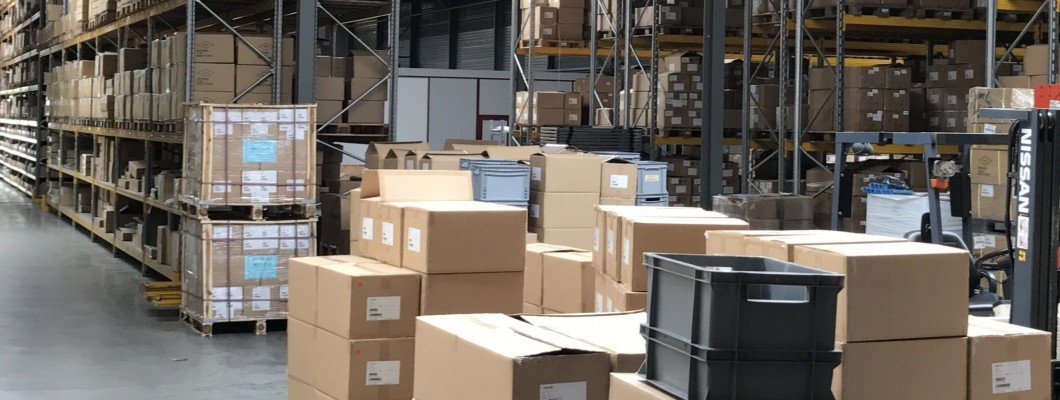Storage Advices for Hydraulic and Pneumatic Seals

During storage rubber and plastic parts may be exposed to chemical and physical changes.
This could be caused by combined factors:
- Oxygen
- Ozone
- Direct sun light
- High temperature
- Ultra-violet rays
- Humidity
- Dirth and chemical affects
Enviroment, moisture and temperature
Ideal temperature is between 5°C and 25°C and moisture rate should be about 60%. Less temperature rates do not result in technical changes, but before assembly, the temperature for seal is advised to be 20-25°C. In addition to those direct heat contacts are not recommended.
Dirt
It may change the mechanical features of products. Therefore, the environment should be cleaned before assembly and during storage.
Light and ultra-violet rays
Recommended storage conditions are the rooms protected from fluorescent lamps, ultra-violet rays, powerful light sources and direct sun lights. Red or orange colour lights are adviced.
Oxygen and ozone
They are oxidizing agents. What is suitable for seals is to store them by packing up with polyetilen (PE) materials. Ozone is especially a destroying agent and so there should not be electrical equipments with high voltages such as motors, etc.
Deformation
Deformation should be avoided during storage. Rubber parts and thermo-plastic seals should be kept away from coersive forces and squeezing because they cause a rapid change in mechanical features and endurance against agents in nature.
Contact with grease and hydraulic liquids
Any contact with solvents, oils and other liquids should be avoided.
Contact with metals
Some metals (i.e. manganez and copper) may harm some seal types, therefore, contacting directly with metals or their alloys should be avoided.
